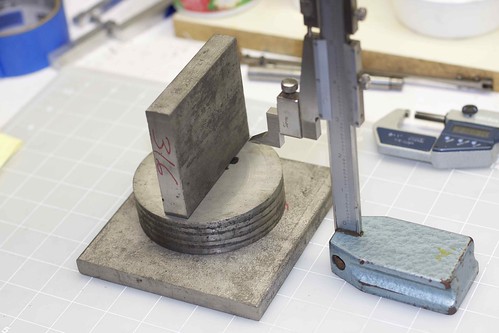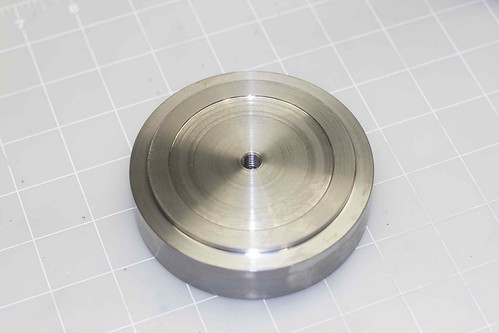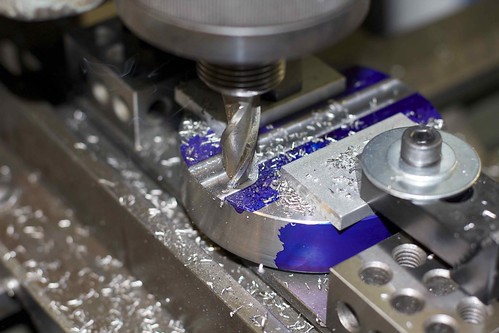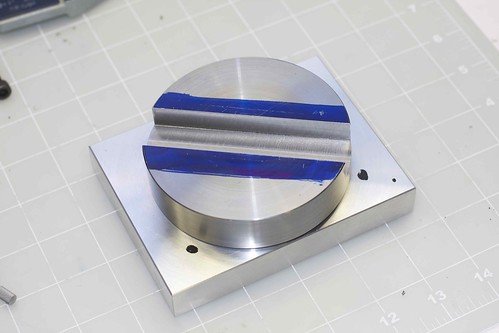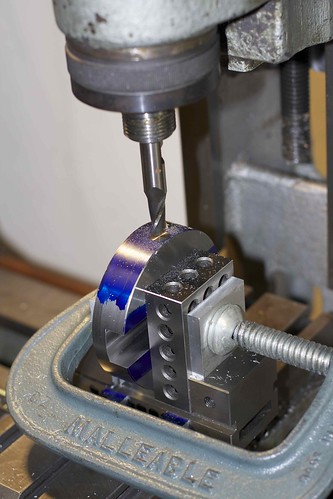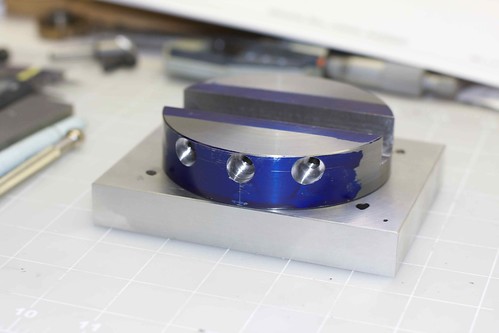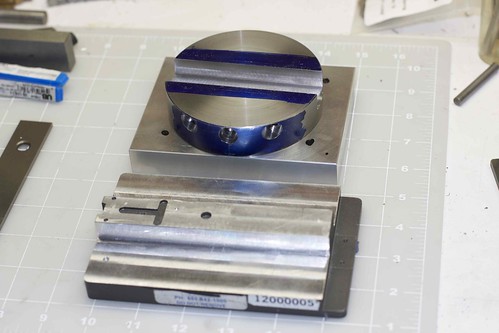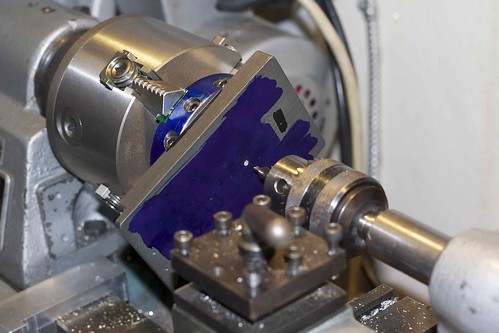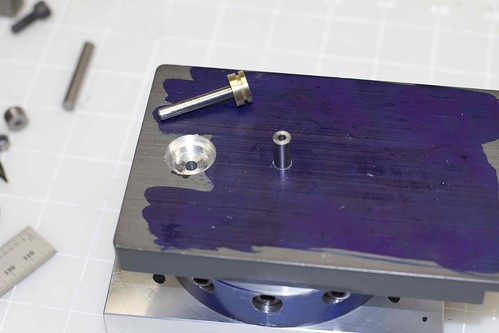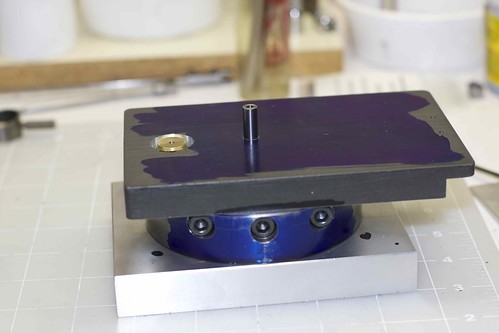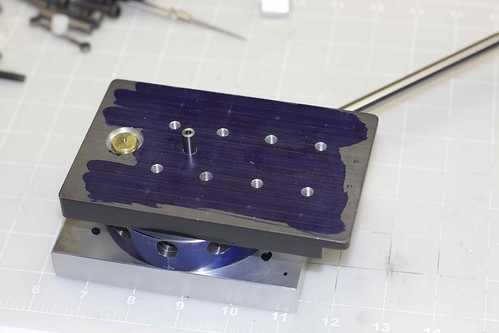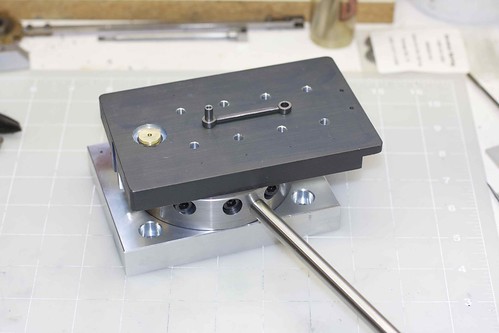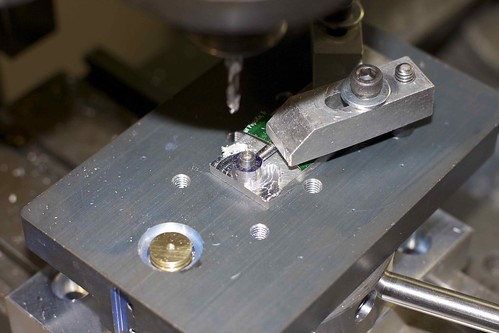- Joined
- Oct 29, 2011
- Messages
- 287
- Reaction score
- 2
I'm thinking of building a ball turning attachment, and adapting it to also be used as a rounding table. I'd also like it to have end-stops built in.
Has anyone built such a thing? I've seen the usual ball turning attachment plans http://www.bedair.org/Ball/ball.html, and started building one. I was thinking that the turning table could just bolt down on top (or even just be held where the toolholder normally goes, if things are accurate enough).
I had (what I thought) was a cunning idea for end stops. I'd make two rings with tabs sticking out which are the same diameter as the main circular piece. These would fit into a groove in the body (obviously there would have to be some removable ring so that they could be put into place). A couple of set screws could be used to bear down on the rings to set them in place, after the user has rotated them so that the tabs are in the right spot. The tabs that stick out would hit a peg that projects from the base.
As long as all this doesn't interfere with the ball-turning bits, I think it would work. Thoughts? Am I crazy? ;D
Simon
Has anyone built such a thing? I've seen the usual ball turning attachment plans http://www.bedair.org/Ball/ball.html, and started building one. I was thinking that the turning table could just bolt down on top (or even just be held where the toolholder normally goes, if things are accurate enough).
I had (what I thought) was a cunning idea for end stops. I'd make two rings with tabs sticking out which are the same diameter as the main circular piece. These would fit into a groove in the body (obviously there would have to be some removable ring so that they could be put into place). A couple of set screws could be used to bear down on the rings to set them in place, after the user has rotated them so that the tabs are in the right spot. The tabs that stick out would hit a peg that projects from the base.
As long as all this doesn't interfere with the ball-turning bits, I think it would work. Thoughts? Am I crazy? ;D
Simon






